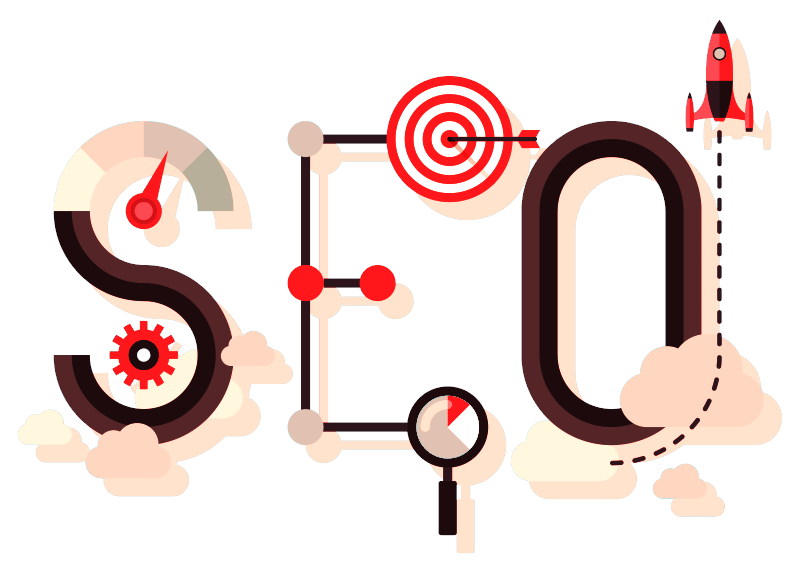Introduction
Proper PPC, performance criteria, management needs proper metrics too. The top three mission-critical metrics that experts agree on are click-through rate, conversion rate, and cost per conversion. These are the metrics that gauge the developments of a project, more comprehensively, as per the pundits. So, let us take a discussion around these topics today.
What is the Performance Criteria?
When a lot of projects are under development in a single place, under a banner, evaluating them needs different methods. Evaluating a project’s success from qualitative information is not that useful because managers want to see some numbers to quickly rank the charts. This comes from the PPC measure.
Things like CTR or Click Through Rate, Clicks, Quality Score, etc make a lot of information summary that goes into the calculation of these metrics. For example, Google’s measurement of the quality of relevant ads keywords and landing pages gives something like a quality score.
CPA or Cost Per Acquisition is also one of the important metrics that PPC managers give credit to. It plays an important role too in measuring the success of a PPC campaign because it gives some direct numbers. Because of these numbers, it is possible to rate the performance at a glance. CPA defines itself as the price it will cost you for a single lead during the campaign. So, considering the total amount of expense on the whole budget, and the total number of conversions, it gives a fair idea about the project’s future.
Metrics You Absolutely Need to Track
If you have been in charge of a campaign, then you would know the importance of tracking metrics. There is a huge amount of data coming through and qualitative notes do not mean a lot. The numbers are more useful. But, which PPC metrics are right for you? Which metrics will make your campaign look more profitable? Because you have to give answers to your boss, and because these will affect the funding as well.
The 9 most vital PPC metrics that experts agree on are the following;
-
- Clicks
- Cost per Click or CPC
- Click-Through Rate or CTR
- Quality Score
- Conversion Rate
- Cost per Conversion
- Impression Share
- Total Conversion Value or TCV
- Return on Ads Spend or ROAS
So, how shall we go forth describing them? Well, it is easy.
-
- The first thing “Clicks” is not difficult to understand because it tells you about the number of clicks your ad gets. During a specific period of time, of course. So, if a paid ad gets 100 clicks in an hour, the score is 100.
- Then, CPC or the cost per click is the next thing to consider. This is the amount that you had to spend on each of those 100 clicks. If you paid $1000 for the 1 hr period, then you paid $10.
- Next, the CTR is the one that governs if your ad is picking up some clicks and customers. If people are clicking on it by mistake or genuinely watching it, depends on the value. A higher CTR may mean “by mistake” clicks while a consistent CTR over an hour would mean serious business. But, this does not guarantee that all the people clicking the ad, are viewing it too and spending time to view the complete ad.
- This brings us to the Quality Score. This is a qualitative measurement that Google gives to your ads, keywords, and other things depending on the clicks, CTR, and so on. If you want to improve the Quality Score, your keywords should have a higher CTR; it should have a higher reach, and so on. In a way, they are dependent on each other.
- Now, talking about the point where not everyone who is clicking the ad views it totally or makes a purchase. This gives us a very important metric, the Conversion Rate. For some campaign managers, this is all that matters because unless your ads get any sales, it is not worthwhile. You could spend hundreds of thousands of dollars on airing ads but if it doesn’t bring you any sales, it is not helping.
- The CPC is a factor that directly hits the above metric because it talks about the Cost Per Conversion. Now, how much does it cost to dive each paid conversion adds up to the total expense on the ad campaign too.
- The TCV is the one that guides you through the desert. It gives the complete picture of how much money went into the whole thing. From ads to conversions and everything in between. So, how much is the average cost of conversion? This is the Total Conversion Value.
- The Impression Share is a valuable metric ton because it tells you how often your ad shows up for a keyword. If your ad is linked with proper keywords, it will show up very frequently. And, vice versa. At times, the ads can create new keywords if thousands of people share them. That is possible when you have a good following and networking.
- The ROAS is the final metric that gives the last picture of the campaign. Yes, if there is anything more important than the Conversion Rate, it is the final return on the investment your boss made. As a manager, you have to report how much you made or lost per dollar you have spent on the ad campaign.
Thus, these keyword-based ad metrics are a great way to tell the PPC of your campaign.
Improving the ad with metrics
So, having spikes or slumps in the clicks per hour, per day can indicate issues with your campaign. Choose your PPC Agency wisely. If the clicks are rising steadily, then this might be a good thing to bank on. Else, you might have to change strategies. Getting more aggressive with keywords and bids is one way.
Now, CPCs are all based on competitiveness and you do not own anything here. The type and number of keywords you use to make all the difference. For example, if you start to see more clicks on your keywords, begin to use longer-tail keywords so that others can’t copy them. This will attract more traffic to your ad and increase the maximum chances of your ad staying competitive for a very long time before other ads catch up. When that happens, you have to repeat the process all over again.
CTR is 50% if out of 1000 times, the ad got only 500 clicks, as simple as that. And the CPC governs how much you pay. Google gives Quality Score based on CTR, quality of your landing page, and relevancy of keywords. So, as we mentioned above, it is a repetitive cycle. It depends on each other. If you improve one, it improves the other, and it goes on in a cycle. So, improving the score means organizing ad groups properly and using proper keywords in the ad text.
Conclusion
To summarize, comparing different projects as a manager to decide whether to continue funding one or to shut down another, these metric are very crucial. From the above 9, you can choose the ones you prefer. The CPC, Conversion Rate, the ROAS are some figures that instantly tell if you are making any profits at all.
Read Dive is a leading technology blog focusing on different domains like Blockchain, AI, Chatbot, Fintech, Health Tech, Software Development and Testing. For guest blogging, please feel free to contact at readdive@gmail.com.





